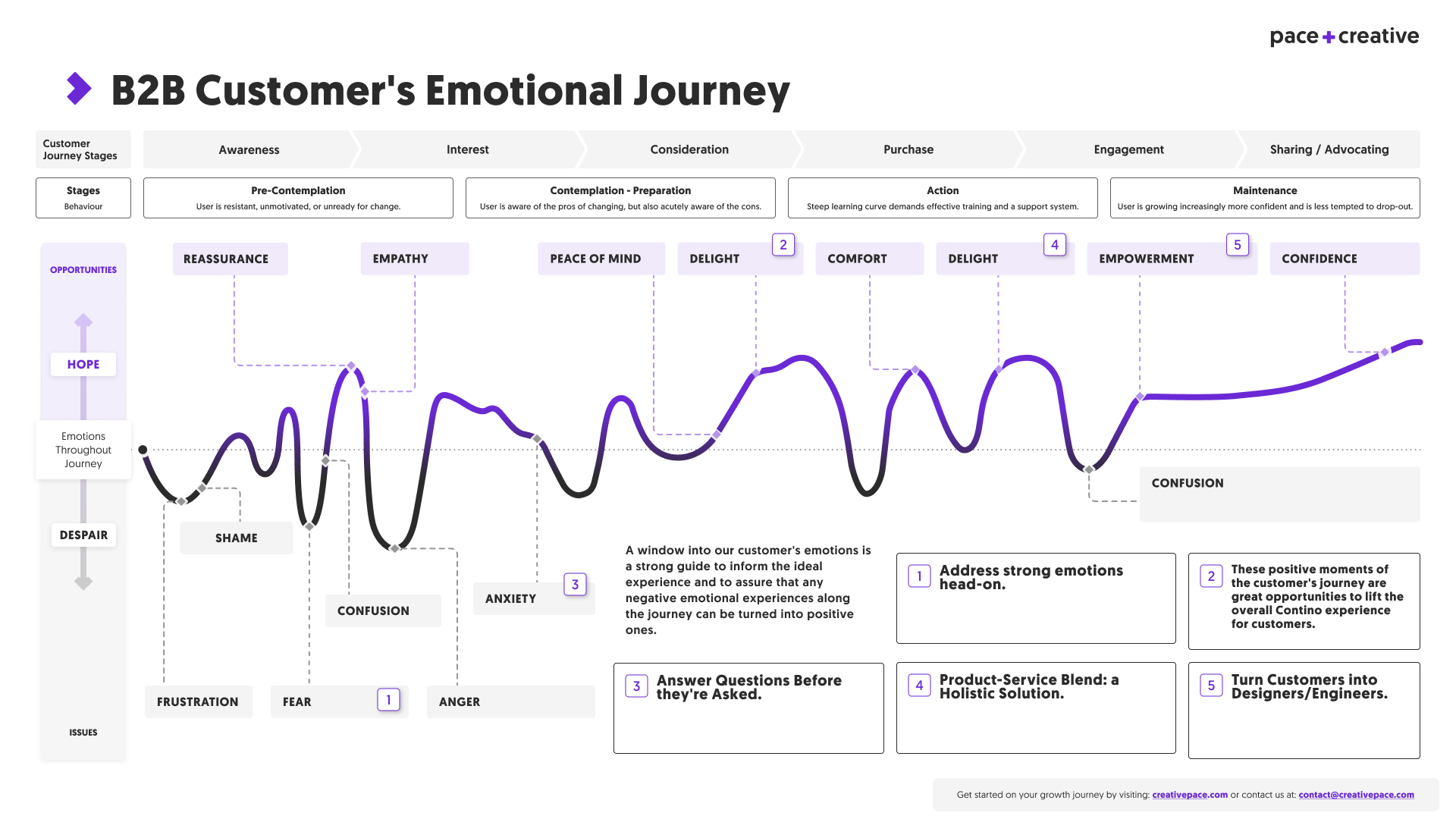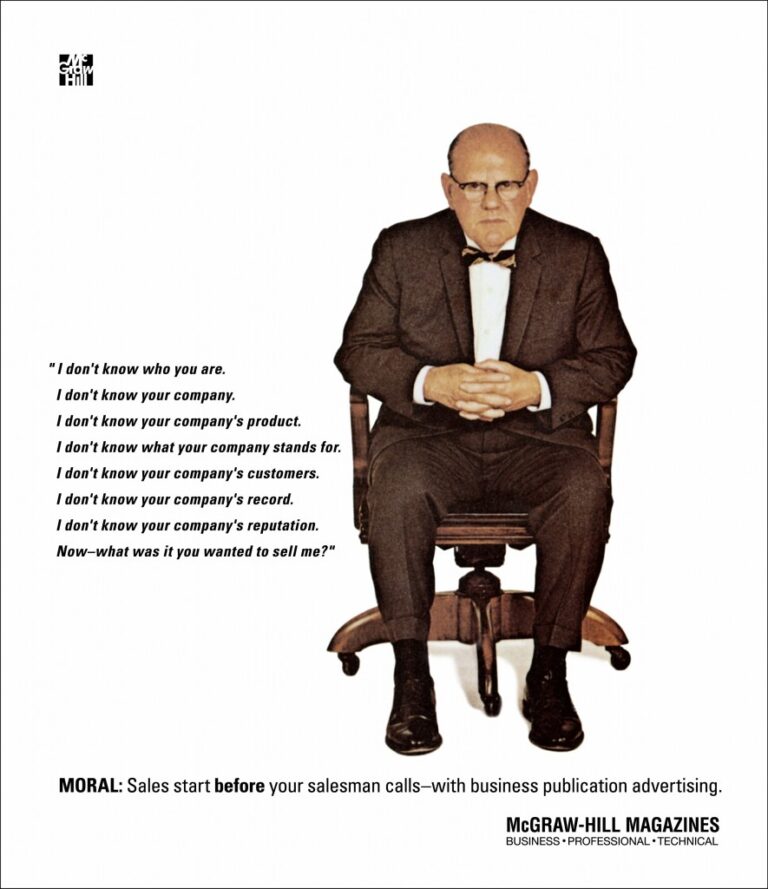Did you know that 66% of consumers are interested in purchasing products if they can experience a potential purchase through augmented reality? Augmented reality (AR) in retail is shaping the future of the retail marketing industry thanks to these big market opportunities!
Retail marketing is a tool to strategize techniques in enhancing the visibility of promoted products and services to potential customers by boosting sales and increasing the company’s profitability. Key strategies for retail marketing include:
- Design: Creates pathways that guide customers through your store and/or website.
- Digital Presence: Advertising campaigns on various online and social media platforms.
- Employee-to-customer interaction: How your marketing strategy connects with your customers via loyalty programs, customer outreach, and conveying the product value for success.
AR in Retail marketing is crucial if your company goals are to start target selling, build trust, and grow your customers’ lifetime value (CLV) through a positive emotional journey experience.
The graphic below outlines the stages of customer’s journey when interacting with your products and services. This is a useful tool to best anticipate a positive customer experience.

The Future: Augmented Reality in Retail
Market researchers predict that AR in retail market revenues are projected to grow to $64.6 billion by 2030.
With this ever-growing digital shopping landscape, more and more retail companies will experience the difficulty of attracting foot traffic and customers to physical stores. Now, as we slowly approach the post-COVID era researchers predict it will become even harder to get customers to physical stores. We can also expect the competition rate between small and big retail businesses to gradually increase.
So, how can retail businesses stick around in the post-COVID pandemic world and get foot traffic to their physical stores? In this blog post, we will explore some benefits of augmented reality in retail and how it will help retailers thrive in both virtual and physical spaces.
Transforming Retail Through Metaverse Marketing
Metaverse marketing is revolutionizing the retail landscape and is projected to grow by 37.43% from 2025-2030. It creates a seamless augmented reality experience across the physical and digital worlds. Incorporating metaverse marketing allows your product to become more discoverable digitally, enhance customers’ shopping experiences, and open new marketing channels for your brand to stand out. Integrating your marketing initiatives with augmented reality is not just a trend— it cultivates a deeper connection with your audience within the retail industry.
What Are the Benefits of Augmented Reality in Retail?
There are several benefits to using AR in retail.
1. It Opens New Marketing Channels
Digital Marketing is a mix of online tools and platforms that help promote your retail business and connect with potential customers.
Here are the types of marketing channels your retail business can implement:
- Search Engine Optimization (SEO)
- Email Marketing
- Instagram & Facebook
- TikTok
- SMS Marketing
An integrated strategy helps to choose the best channel mix which covers your company’s audience, budget, and to meet your business goals.
2. It Drives Online Traffic
As many consumers are spending their time online, augmented reality applications allow retailers to reach customers directly in their houses. One of the most successful examples is Clearly’s Try On campaign, where customers can try on glasses and sunglasses before making a purchase. Not only does this AR feature help to drive sales, but it also helps to drive an increased amount of traffic to the website.
3. It Increases the Size of the Sales Funnel
Studies stated that integrating AR experiences to your marketing strategy leads up to a %94 higher conversion rate. Whether it is an in-store or private augmented reality experience, customers always seek new forms of entertainment and augmented reality is the best solution Check out this piece of AR from M-XR. Can you tell if these are real or virtual shoes?
By using this novel and in-demand technology, you will attract more customers, increasing the size of your sales funnel.
4. It Will Help Physical Stores Stay in Business
At the end of the day, people love physical objects and online shopping might never replace the experience customers have at physical stores. However, researchers predict many people continue to opt for online shopping rather than visiting physical stores post-pandemic.
Right now, is a good time for retail marketers to devote some resources to ‘hooking’ visitors and getting them to come back. AR in retail is a great way to do this, as it is a novelty that consumers will want to experience.
5. It Strengthens Your Brand
Having a well-crafted retail marketing strategy determines your brand’s identity. It communicates your brand message consistently across all platforms, builds strong consumer recognition of the unique elements of your brand, helping increase sales that boosts revenue. Ultimately, this will drive your business’ growth within the AR retail marketing industry.
Why is this relevant? Look into Gilbert Morris’ “I don’t know who you are” 1958 business-to-business advertisement for McGraw-Hill Magazines.

After decades, this holds true today to fill in the gaps in your marketing strategy to build a stronger brand identity by looking through a customer’s perspective.
5. It Builds Customer Loyalty
From a strong branding standpoint, your company begins to nurture repeat customers. By reaching customer retention by 5%, your company can gain increasing profit by up to 95%. Your company can continue to build customer relationships through implementing customer feedback, loyalty programs, and by leveraging email and SMS marketing strategies to stay connected with your audience.
How AR in the Retail Industry is Shaping Brick and Mortar Stores
1. The Store as an Attraction
How do you make mundane everyday urban spaces more attractive? Augmented reality is the solution.
One great example is Zara’s window-shopping augmented reality fashion show. On the streets of London, passerby shoppers can scan a QR code and view a fashion show led by models Léa Julian and Fran Summers.
Such applications of augmented reality encourage customers to visit the store, as well as capture and share their experiences, which will amplify brand awareness.
2. The Store as an Experience
Retail companies know that the physical and emotional experiences of customers are important during the sales process. However, the old-fashioned ways of tricking customer sensory experience through certain smells or lighting are outdated. Today, retailers need new methods to make their store experiences different from the competition.
Companies such as Adidas have already started experimenting with AR technologies to improve customer experience, entertain buyers, and increase the size of their sales funnel. Here is an example of how Adidas makes their products and stores more engaging and interactive through AR.
3. Gamification of AR in Retail
Who doesn’t love games?
With the help of some creativity and WebAR, you can easily turn your sales pitch into a game. One great example is Adidas’ ad campaign promoting their Ultraboost 19 sneakers. Posters with QR codes invited commuters on the Toronto subway to participate in a lottery by scanning the code. If users won a game, they needed to redeem their prizes in the nearest physical store.
4. Product Packaging as Interactive Experiences
More product package designs are becoming interactive. They can capture customer’s attention for longer and drive a buyer’s decision to purchase. Well-thought-out and technologically enhanced packaging can help tell the more comprehensive stories behind the product.
Here are two examples of how AR can help your packaging tell a story:
Gucci:
The luxury brand company launched a limited-edition perfume bottle that integrates an AR packaging feature. Once customers scan the product, it reveals a short, animated film showcasing the inspiration behind the fragrance’s scent profile and design. This created an immersive experience for customers purchasing the product.
Louis Vuitton:
Louis Vuitton had a viral marketing campaign that integrated AR. This can extend to their products by taking their classic leather handbag packaging to display a virtual 3D model of the bag, allowing customers to view the colour options available, textures, and details before making a purchase.
5. Promotional Tactics
Additionally, AR can support your company’s retail marketing success by diving into strategic promotional tactics. AR experiences can benefit your promotional strategies by using various marketing tools that actively reach and engage with your audience.
Try experimenting with tools like:
- Social Media Advertising & Email Campaigns
- Direct Mail
- In-store promotions
- Customer Loyalty & Incentive programs
- Events & Workshops
By transitioning your marketing initiatives into augmented reality, your business can deliver a dynamic promotional plan that resonates with your target audience.
The Pace Creative Way
Our team has over 17 years of expertise in developing AR experiences for industries such as healthcare, manufacturing, consumer goods, and technology. We were one of the pioneers in building VR and AR experiences for ecommerce brands including Adidas. Today, with all our expertise and experience we are helping brands such as E*TRADE Corporate Services and NxStage build successful AR and VR campaigns to generate high-quality leads and stand out from the competition.
If you enjoyed reading our blog post on AR in the retail industry, make sure to read our blog posts on other technology companies: Ad Campaign Strategy and Product Awareness Campaign for IT, B2B Lead Generation Campaigns for IT, and 5 Ways to Use Digital Marketing for Brand Awareness.
Ready to implement AR for your retail business? Reach out to us today to make AR part of your revenue growth journey.

